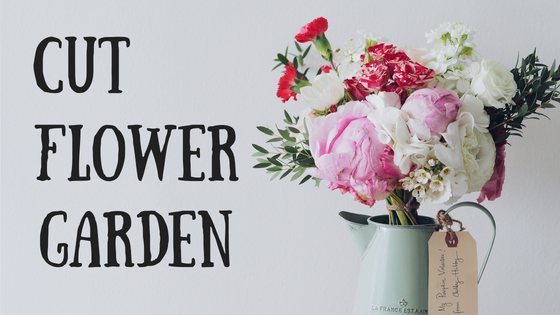
A bright bouquet of roses or a perfectly arranged centerpiece can completely transform a room. But don’t just settle for flowers on fancy occasions. Planting a cut flower garden is a great way to enjoy fresh cut flowers all season long! But cut flower gardening is a little bit different than growing a regular flower bed. So, here are a few tips to get you started!
Prepare the area Cut Flower gardens can be grown in any shape or size (even in containers if you don’t have the space). Keep in mind that cut flower garden is not necessarily grown for its own beauty, so think about picking a place where the flowers won’t need to be front and center. As with any planting, it’s always a good idea to amend the soil. After all, beautiful flowers start with healthy soil. We always recommend amending the soil with Colorado’s Choice B.O.S.S.
Plant A Variety of Flowers Think about flowers that will give you different colors and textures throughout the year. A mixture of annuals and perennials can give you flowers of all colors, shapes and sizes that you can use in mixed arrangements all year long. When creating flower arrangements, professional florists break flowers into four categories; Mass, Line, Form and Filler
Line flowers are tall, slender flowers that bloom all up and down the stem – things like snapdragon or delphinium. These are often used to establish a focal point in the center of the arrangement. Kind of like the “Thriller” in a patio pot.
Mass flowers tend to have slender stalks and big, single flowers. These are used to add visual weight and depth to the arrangement and to cover up any stems or leaves.
Form flowers are those that have a unique or unusual shape that really draw the eye. Big, bold flowers like dahlias or roses are the perfect form flowers.
Filler flowers have sprays of small blooms and are used to fill in any remaining space around the other three types.
Support tall Flowers Staking will help your flowers grow tall and straight and help protect from some of those summertime surprises Mother Nature likes to throw our way – wind, rain and even hail. You can use grow-through hoops, stakes or just garden twine to hold bunches of tall plants together.
Cut Often We’re so used to preserving the beautiful blooms in our gardens and containers that it can feel a bit counter-intuitive to remove all the flowers you’ve worked so hard to grow, but think of your cut flower garden more like a vegetable garden. Its job is to produce beautiful blooms for you to harvest and use in the home. Cutting the flowers frequently will also encourage more blooming and more growth.
The early morning or the early evening are the best times to cut flowers. That’s when plants are most fully hydrated which will help them last longer in the vase. Place the stems in cool, clear water for a few hours to hydrate even more. Then, give the stems one final diagonal cut with sharp snippers before you put them in your arrangement.
Now that you’ve got your site ready, how do you choose what to plant? Here are a few of our favorite cut flower varieties that will give you a mix of colors and textures from spring into the fall!
Spring Flowers
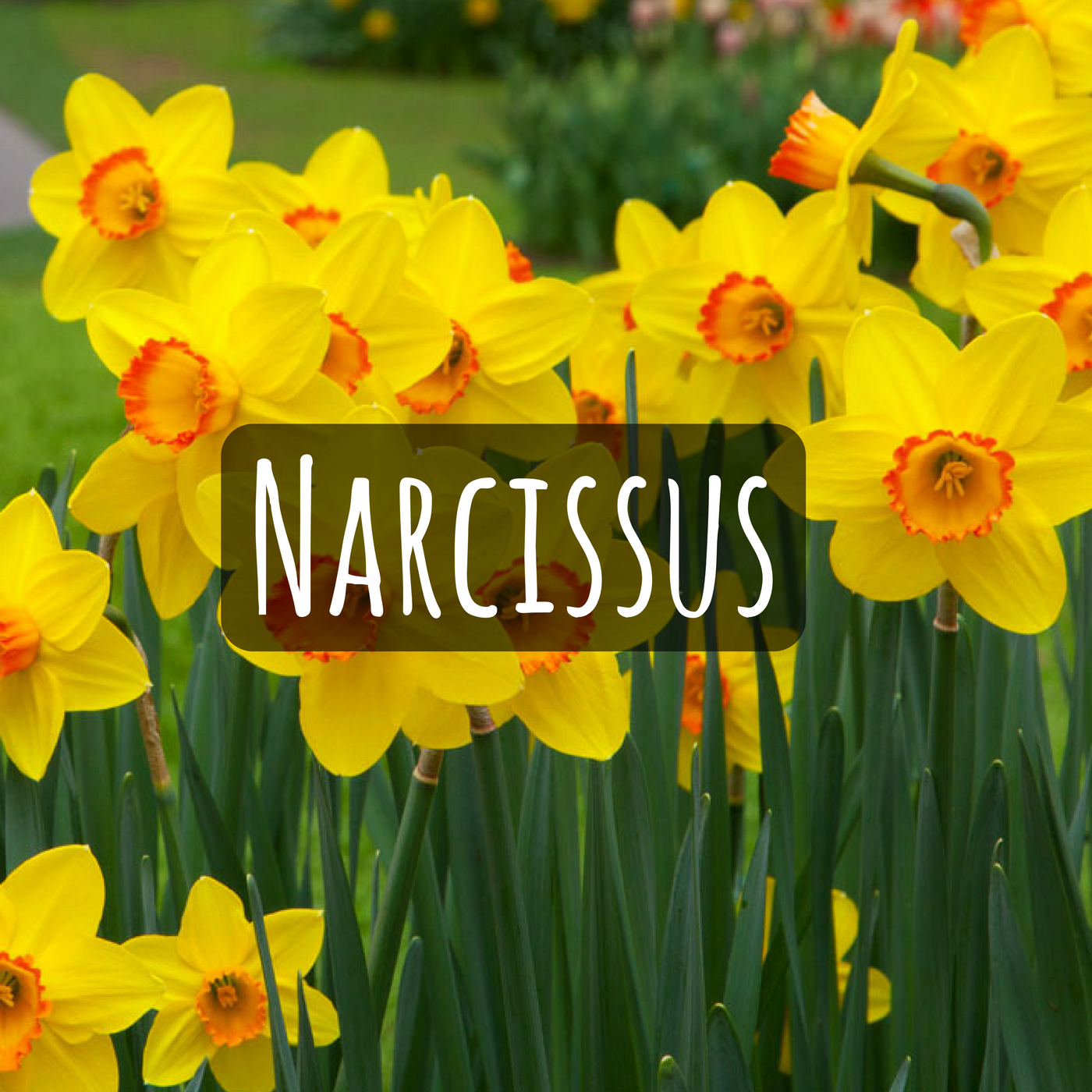
Narcissus Bloom: Early Spring Uses: Mass
More often know by their common name, daffodils, narcissus are not only easy to care for and prolific, they are also one of the very first flowers to bloom in early spring. A friendly bouquet of daffodils in a vase is a sure-fire cure for the winter blahs! One important thing to keep in mind is that daffodils contain a sap that is toxic to other cut flowers. If you want to use daffodils in a mixed arrangement, just condition them by placing them in a vase of water for 2 – 3 hours before adding them to your arrangement. This will allow the sap to run out and the stem to callus over.
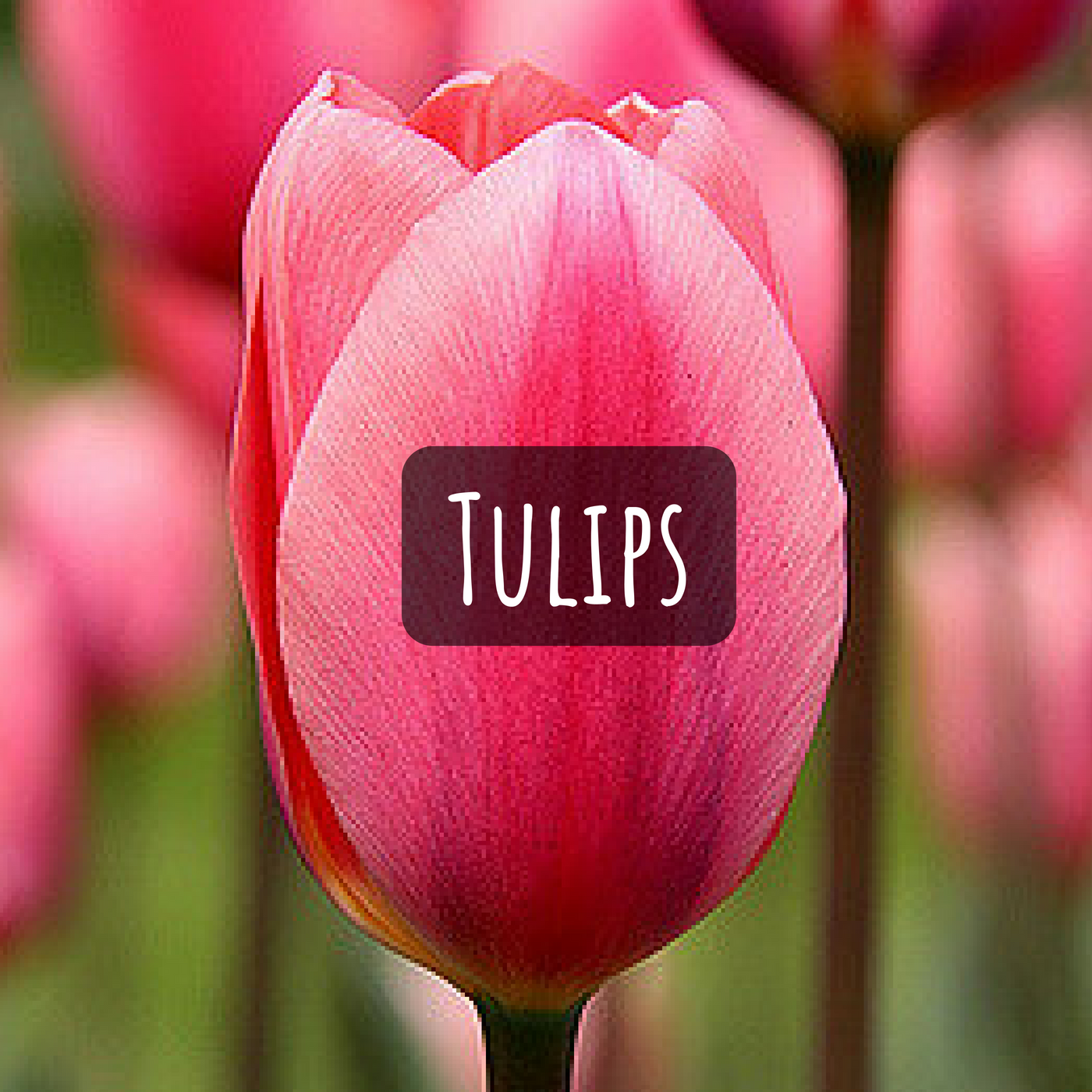
Tulips Bloom: Spring Uses: Mass
No cut flower garden would be complete without a few tulips. Alone or in a mixed arrangement, tulips may be the perfect cut flower. They are super easy to grow and have a great vase life. But the main attraction is their variety. Tulips come in a huge number of flower shapes and sizes and bloom in a kaleidoscope of colors (even pitch black!) Check out some of our favorite varieties on our Garden Blog.
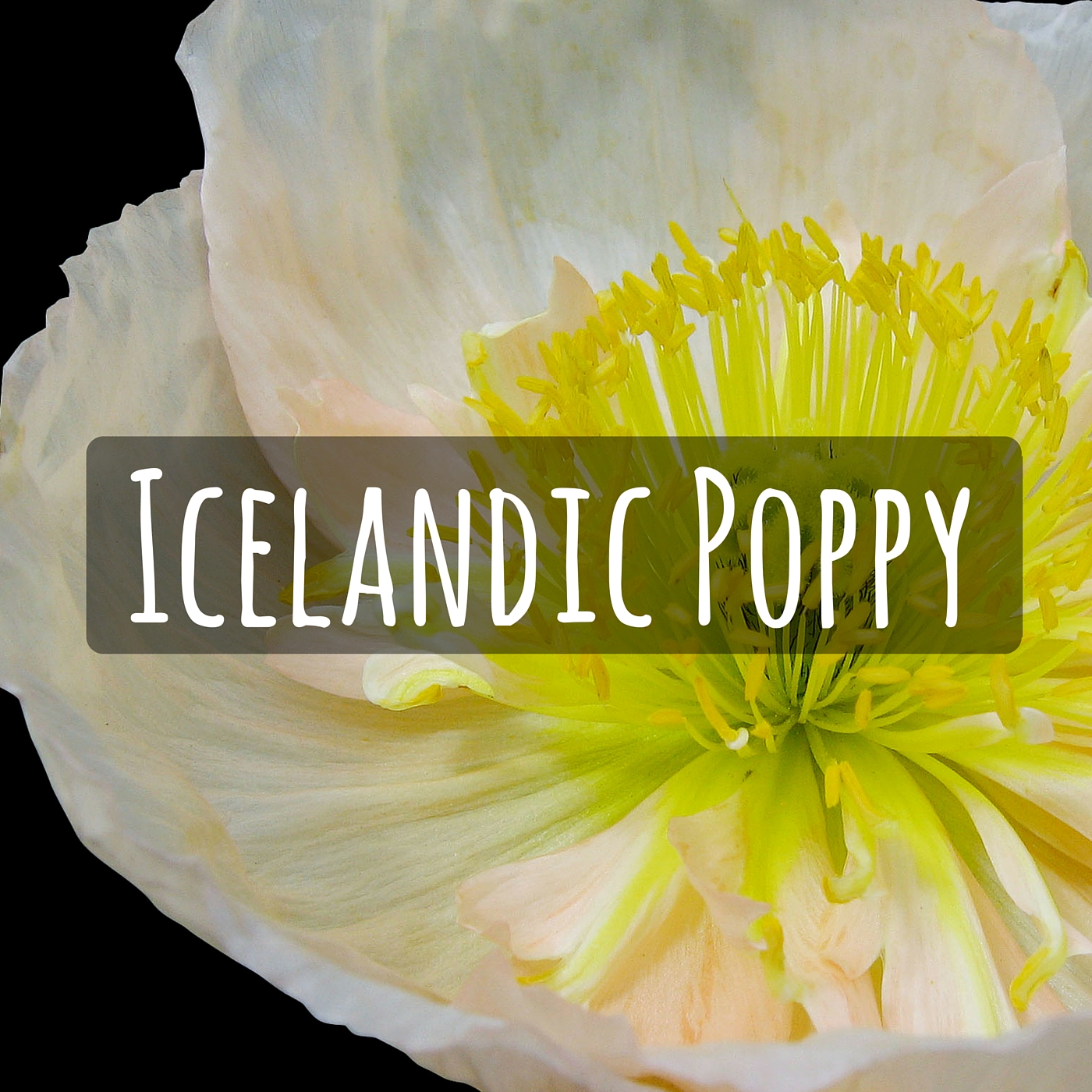
Iceland Poppies Bloom: Early Spring through Midsummer Uses: Mass Iceland Poppies are many florist’s favorite flowers. Their tall (12” to 15”) sturdy stems and big, delicate flowers make them perfect for all kinds of arrangements. Iceland poppies are hardy perennials, but many gardeners grow them as annuals. Cut your poppies right when their big green buds are just about ready to pop open. For the longest lasting bouquets, sear the ends of the stems with boiling water or a flame.
Summer Flowers
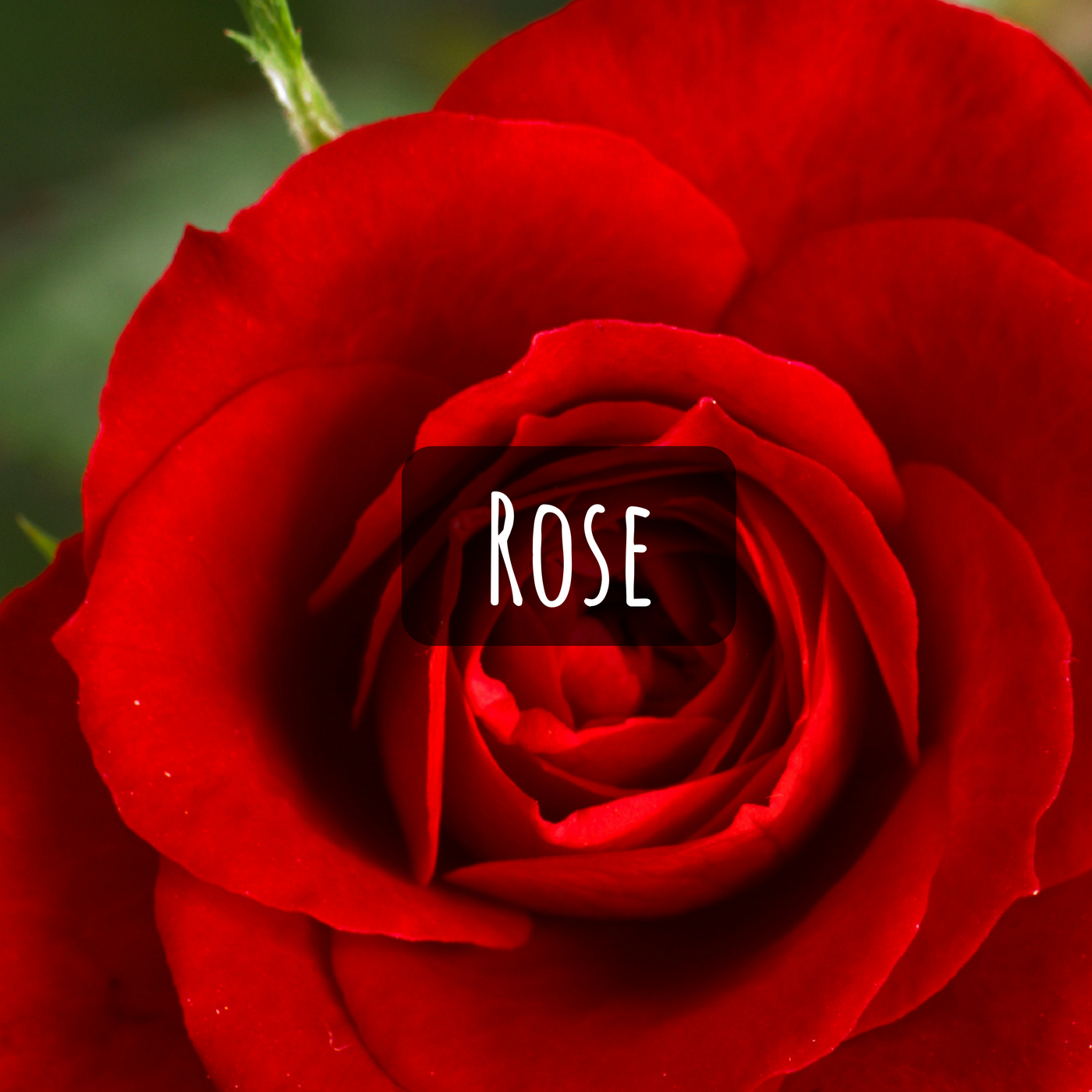
Roses Bloom: Spring to Summer Use: Form
A bouquet of ravishing roses fresh from your garden is the perfect show-stopping centerpiece. Roses come in so many beautiful colors, you’re sure to find one to fall in love with. But a rose’s flowers can be as fleeting as they are beautiful. To help prolong vase life, cut roses when they are only about 1/3 open. Put them in water right away and use a floral preservative to help them last as long as possible. Check out our Rose Care Fact Sheet for more info about growing roses.
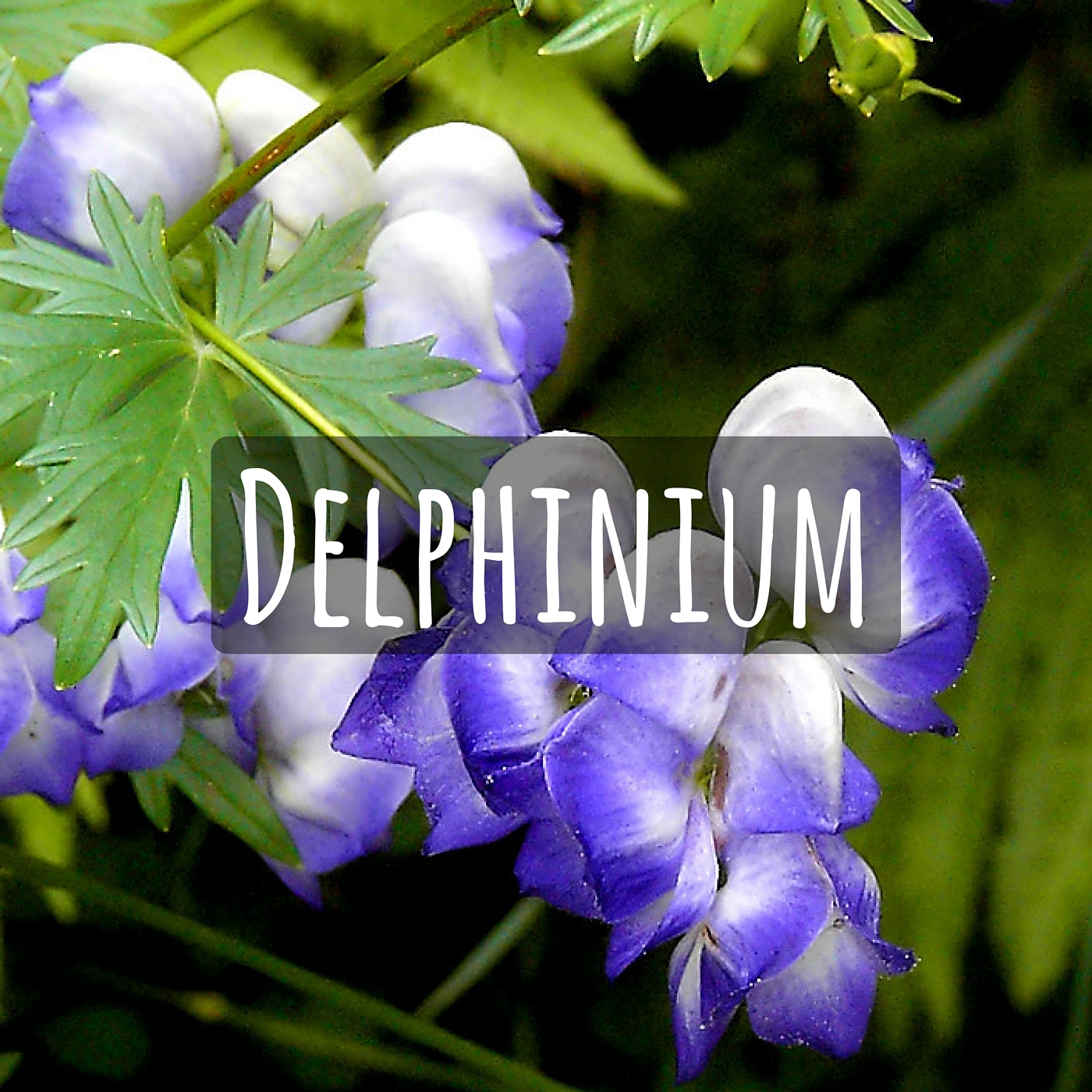
Delphinium Bloom: Mid to Late Summer Use: Line/Filler
These tall, regal perennials make a bold statement on their own or in mixed arrangements. Delphiniums bloom with cluster of blue flowers up and down their stems, making them the perfect line flower. They can get pretty tall in the garden, so be sure to support them so they don’t fall over. Cut delphiniums when 1/4 to 1/3 of their flowers are open and put them into water for up to 6 to 8 days of enjoyment!
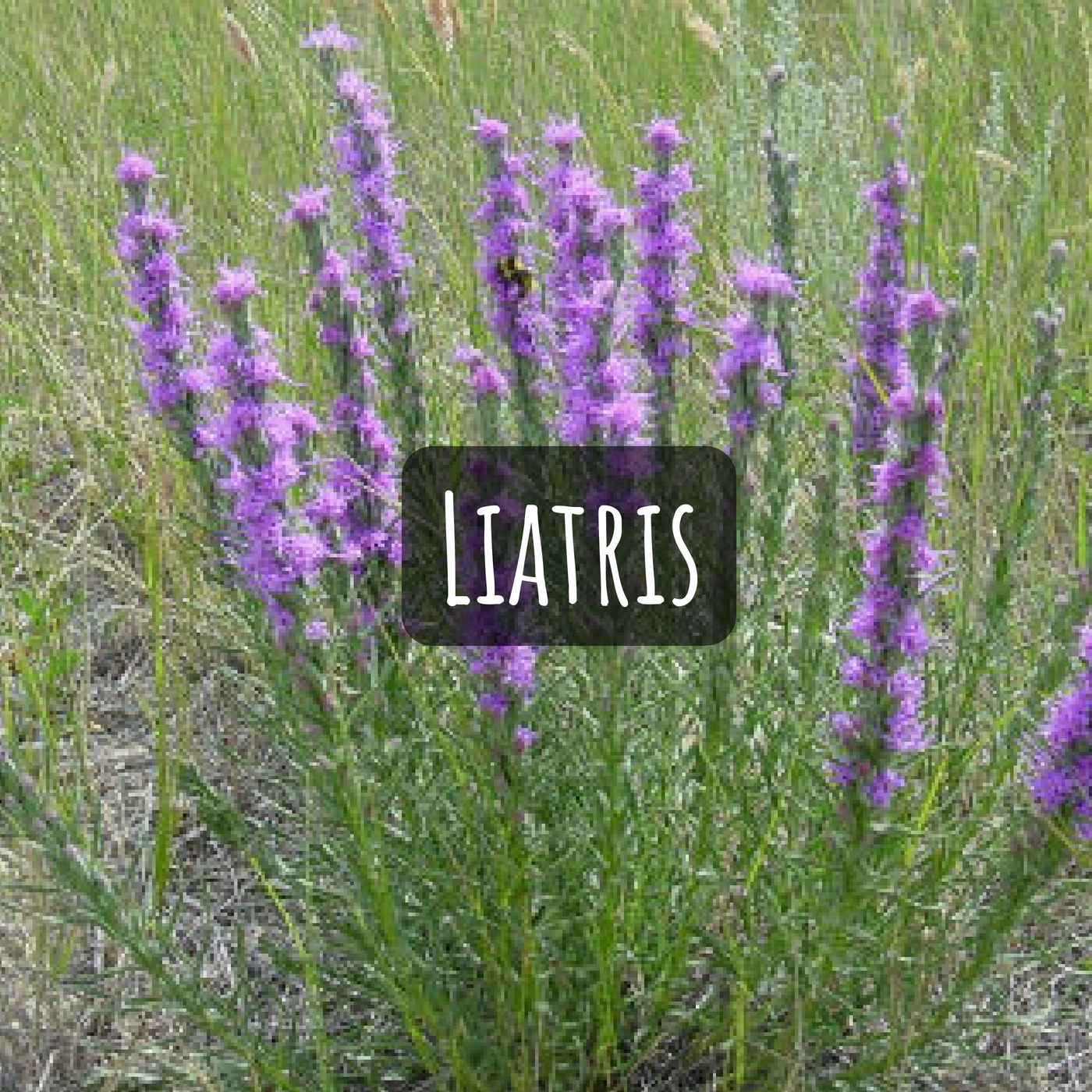
Liatris Bloom: Late Summer Use: Line
Also called Gayfeather. Liatris is an upright perennial that is easy to grow and blooms profusely with long lasting spikes of rosy lavender flowers. Their tall sprays of color make them the perfect line flower for any mixed arrangement.
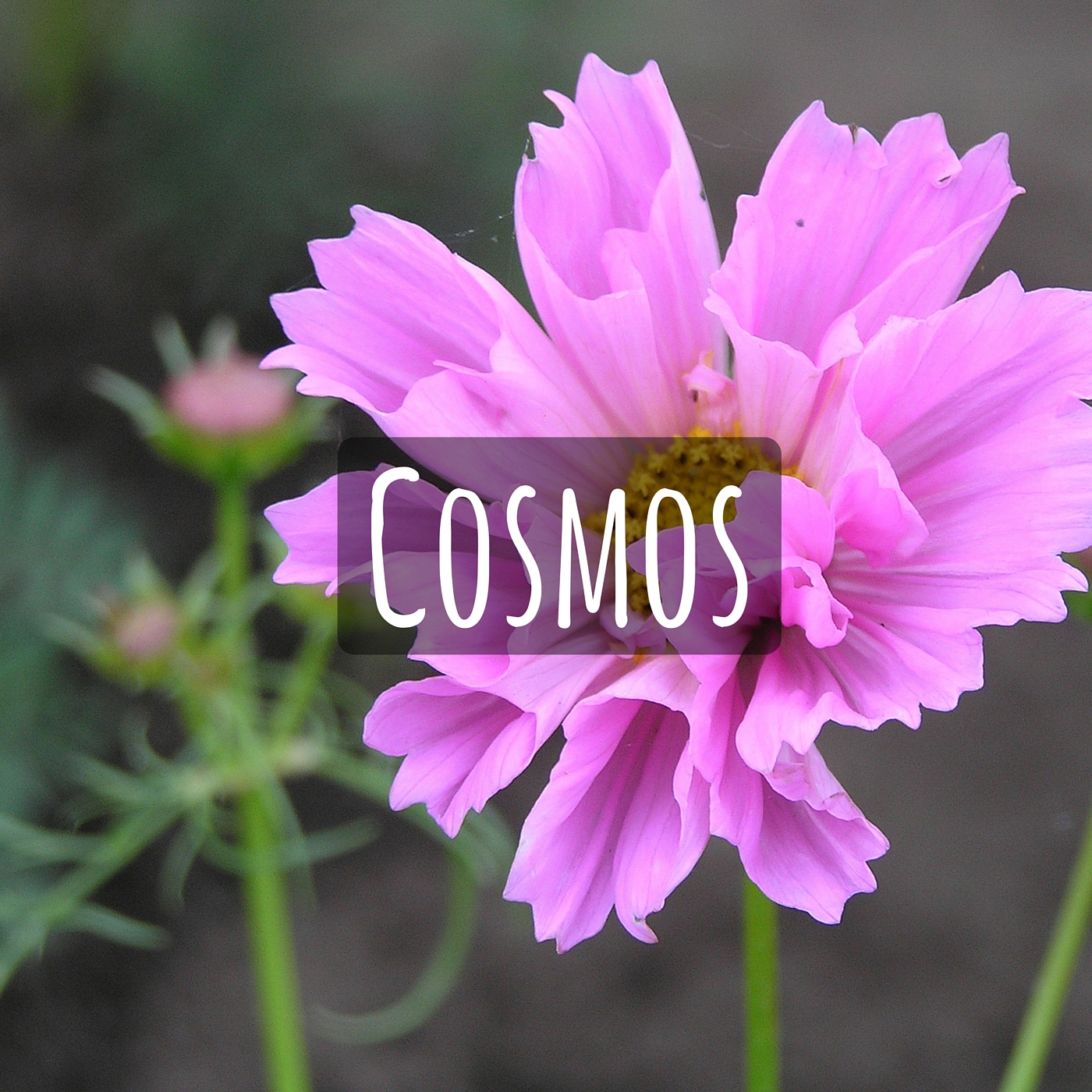
Cosmos Bloom Use: Form
Cosmos are annuals, but they are one of the best producing annuals you can grow. The more you cut the more they bloom! Plus, cosmos are prodigious re-seeders, so you’ll often discover a new crop each year. Cosmos don’t have the longest vase life (about 4 to 6 days) so cut these flowers when the buds have turned color but haven’t quite opened yet.
Late Summer/Autumn Flowers

Black Eyed Susan Bloom Late Summer/ early autumn Use Form
Black Eyed Susan, or Rudbeckia, are one of the toughest, hardest working perennials in the garden. Not only are the heat -tolerant, drought -tolerant and super low -maintenance, they also bravely bloom through the heat of the summer when many other perennials have pooped out. Black Eyed Susies are sometimes considered a “dirty flower”, meaning they cause their vase water to become cloudy. Put them in an opaque container or add a small drop of bleach to keep the water clear.
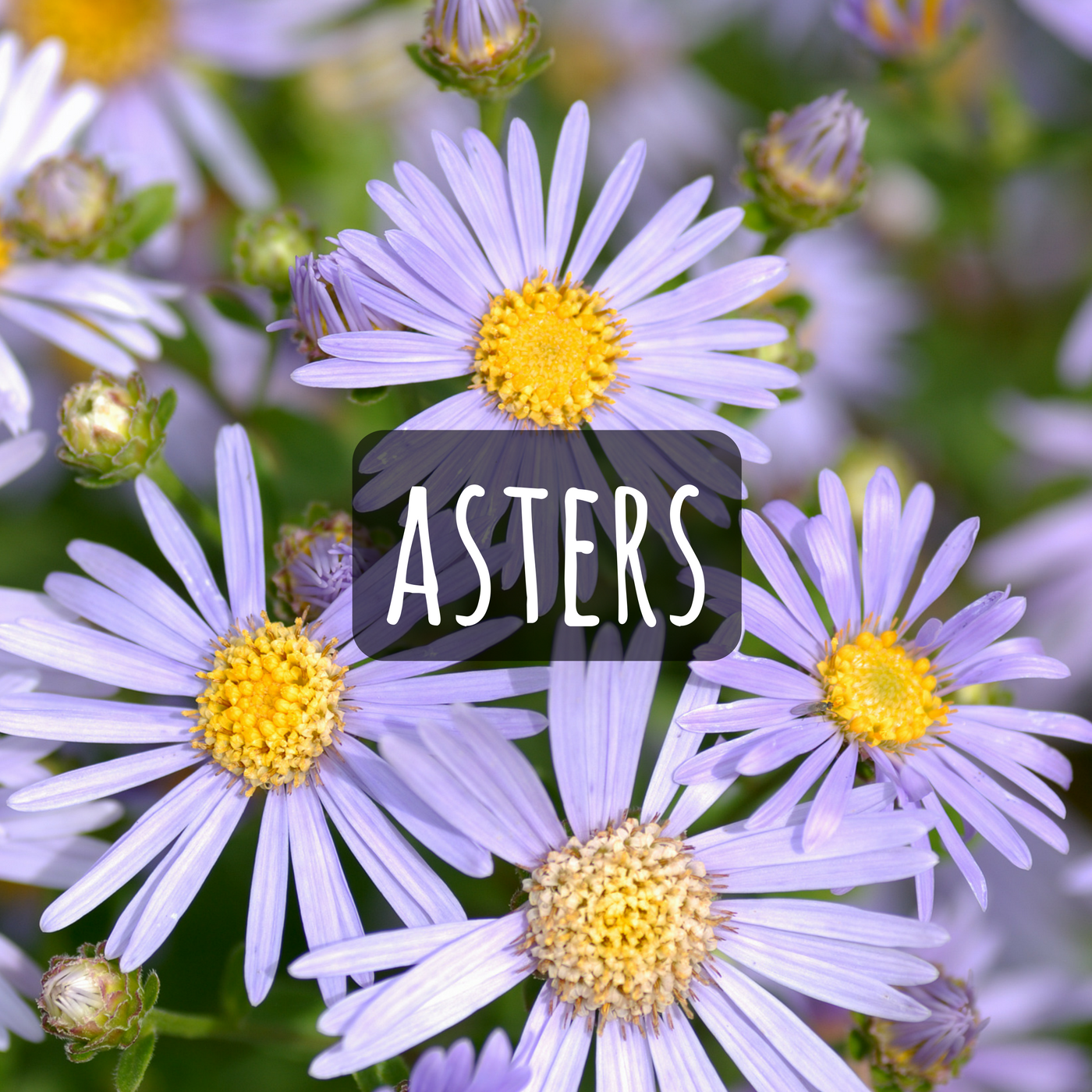
AstersBloom: Late summer/early autumnUse Filler/Form
Asters exemplify the term “late bloomer.” Throughout the season, they may not look like much but once September rolls around – look out! These prolific bloomers burst into beautiful lavenders, pinks, blues and whites just as the rest of your garden is winding down. Their delicate stems and bunches of daisy-like flowers make them the perfect filler for your autumn arrangements.
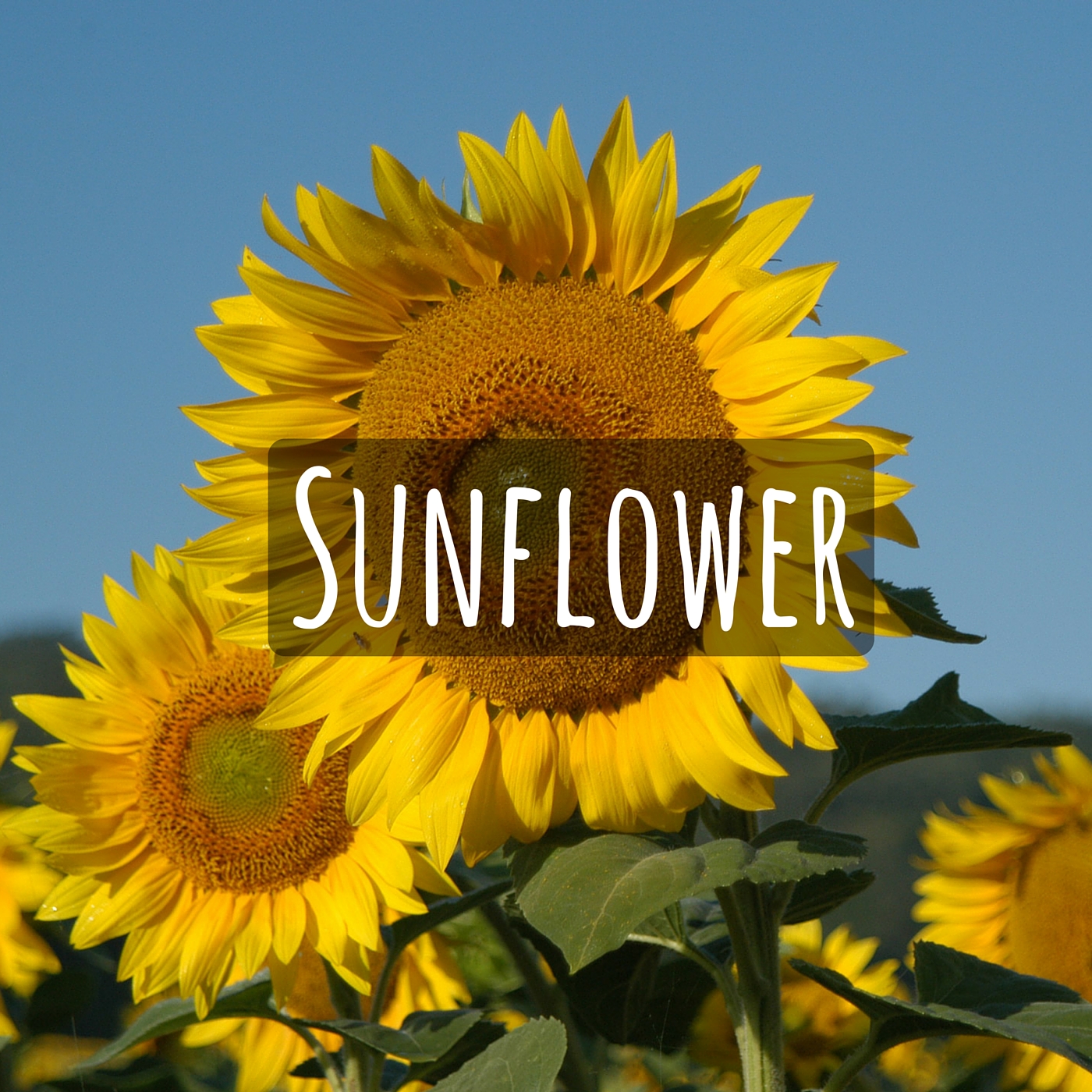
Sunflowers Bloom Late Summer/early autumn Use Form
Sunflowers have long been one of the most popular cut flowers. Just ask Vincent Van Gogh! Of course you know these perennials bloom with big, open yellow flowers, but they are also super easy to care for and bloom through the hottest part of the late summer into the cool fall.
